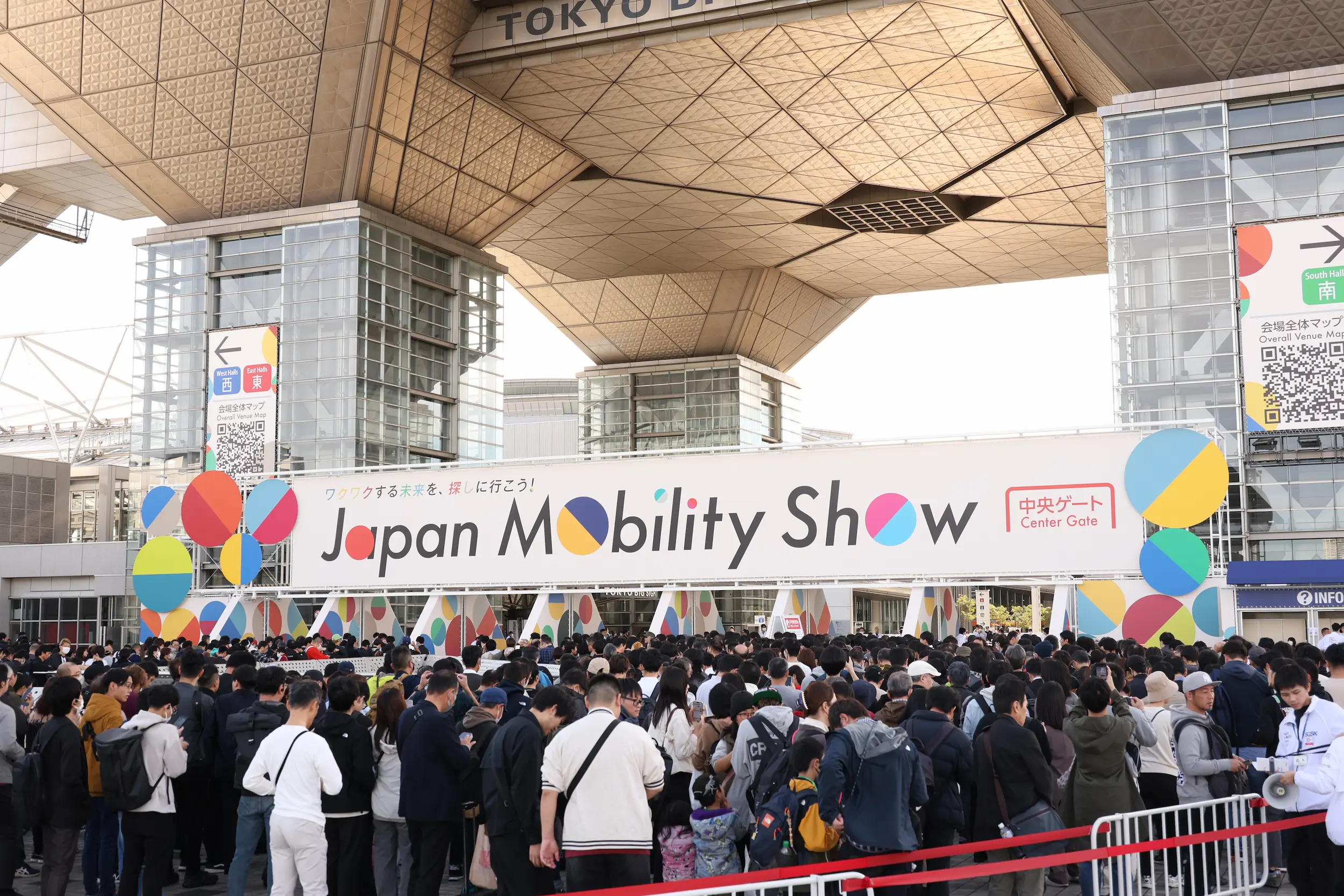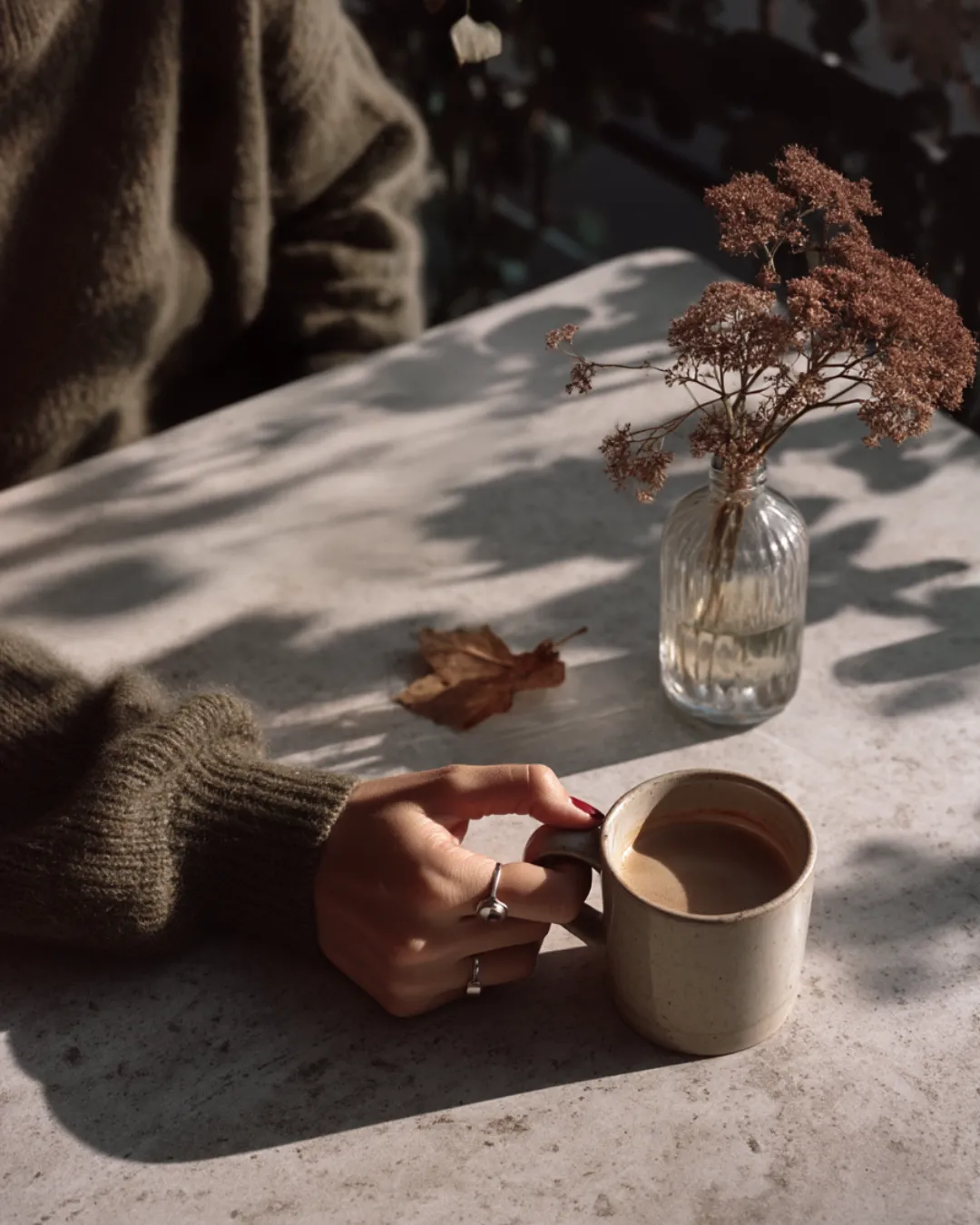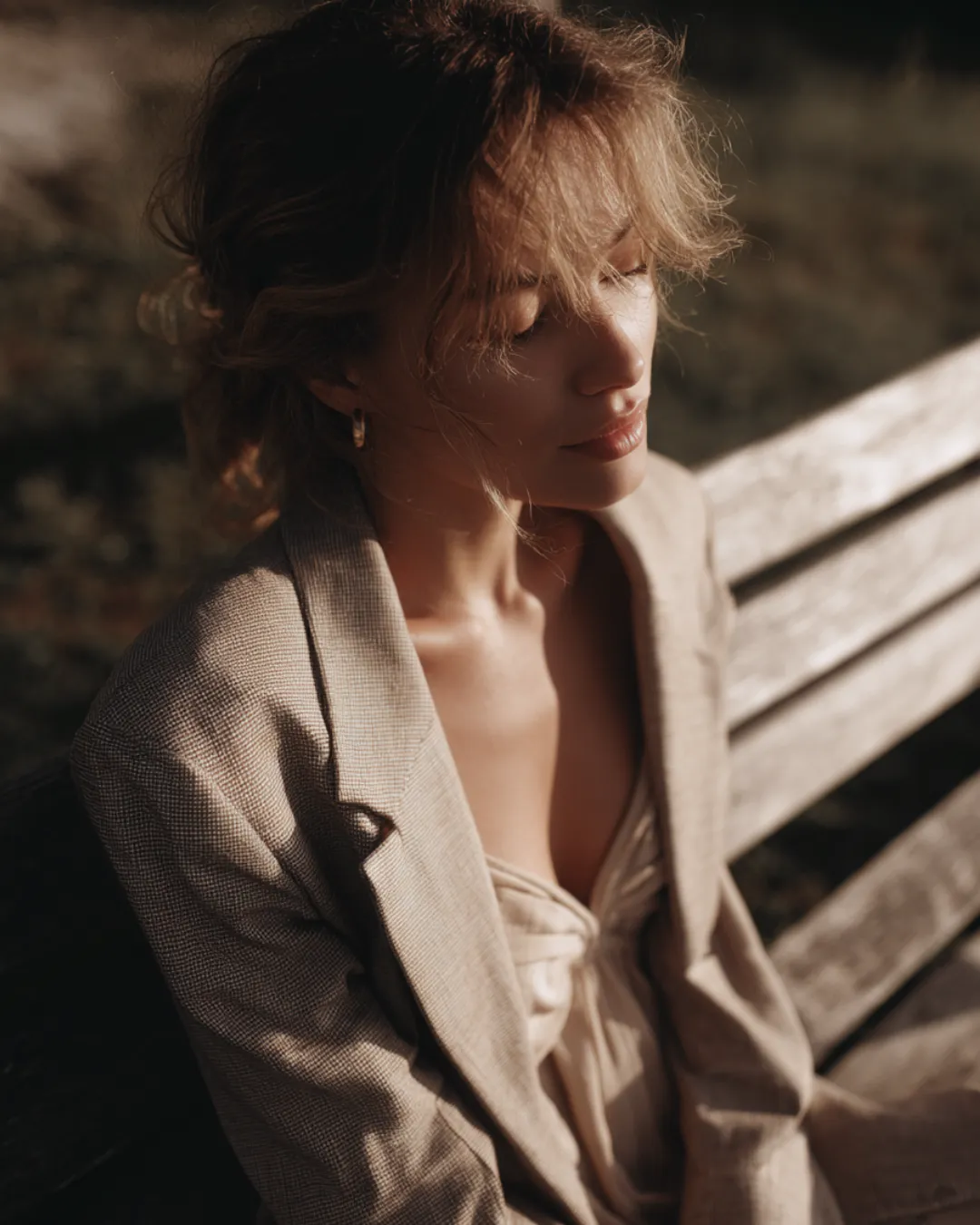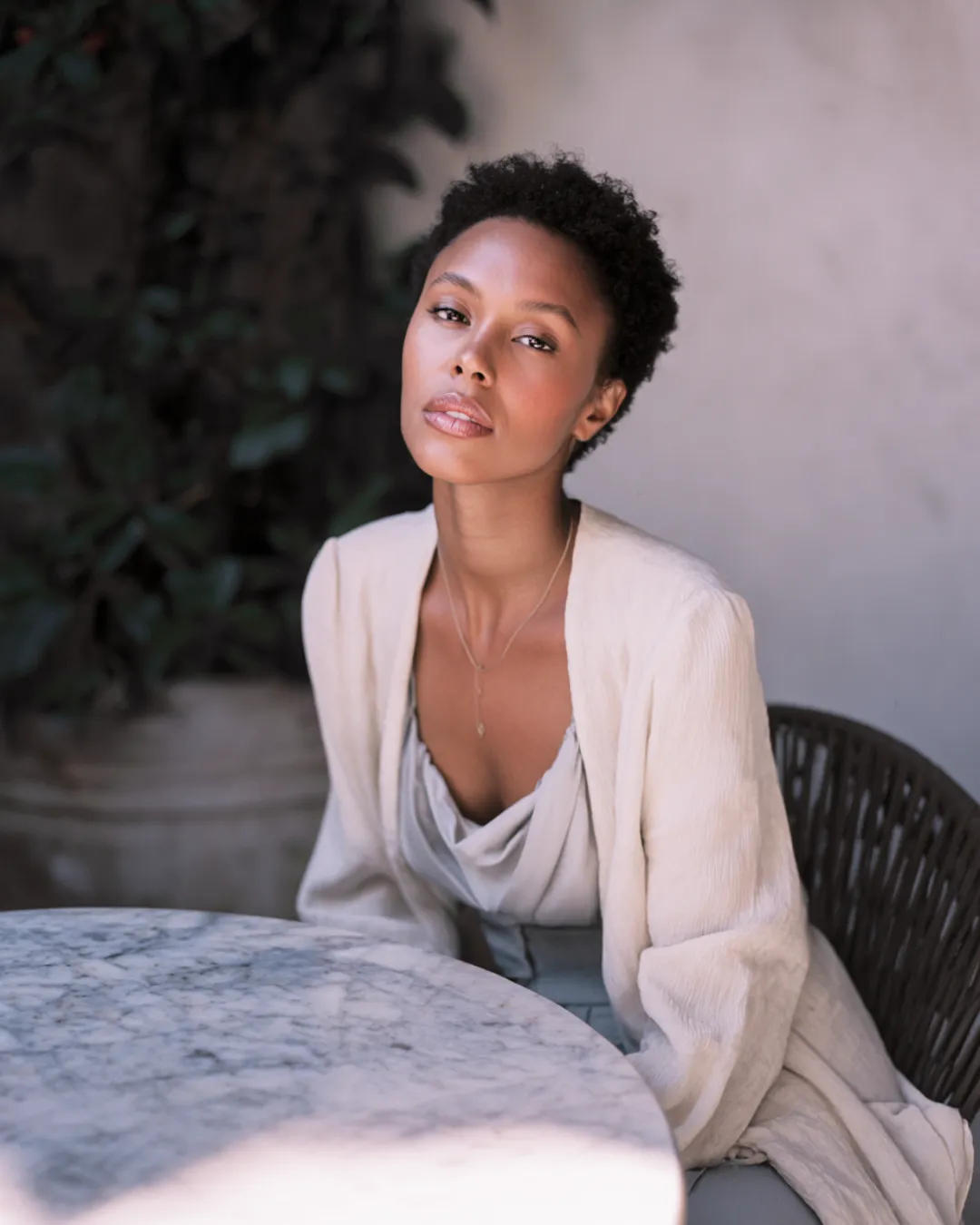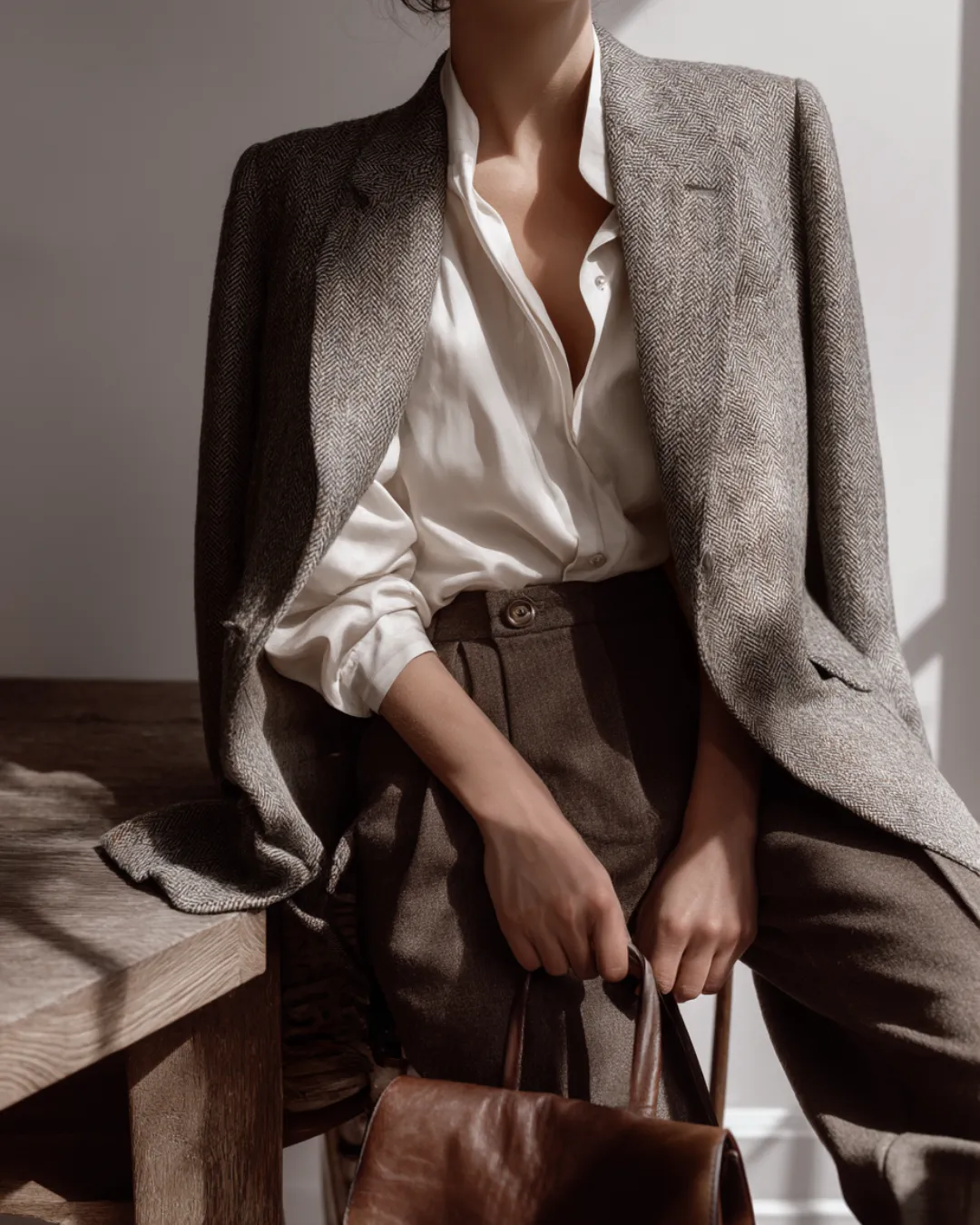Berlin Fashion Week Summer 2025

Courtesy of Henge
Courtesy of Andreas Simopoulos
Courtesy of Dave Benett
Courtesy of Japan Mobility Show
Courtesy of ART Cologne
Courtesy of whenobjectswork / Kate Hume
Courtesy of Ivan Erofeev
Courtesy of Stéphane ABOUDARAM - WE ARE CONTENT(S)
Courtesy of Sacha Moreau / Global Gift Gala Monaco
Courtesy of Fadi Al Shami
Courtesy of Sofia Hartmann
Courtesy of Historyhd
Courtesy of Mick De Paola
Courtesy of the artist (c) VG Bild-Kunst, Bonn 2025. Photography by Jens Ziehe.
Courtesy of Yasamine June
Courtesy of Rawisara Prachaksubhanit
Courtesy of Mariia Dred for Berlin Fashion Week
Courtesy of Michael Fousert
Courtesy of Raden Prasetya
Courtesy of Antonia Tewes
Courtesy of Antonia Tewes
Courtesy of Carlo Bazzo
Courtesy of Artem Zakharov
Courtesy of James Cochrane / Copenhagen Fashion Week SS26
Courtesy of Fashion Week Studio
Courtesy of Burak Goraler / AFW
Courtesy of Antonia Tewes
Courtesy of SF / Luigi Caputo
Courtesy of Bruno Cordioli / CC BY 2.0 via Wikimedia Commons
Courtesy of Dubai Fashion Week / Ruzaini Official
Courtesy of Frieze Seoul 2025 / Wecap Studio
Courtesy of LecartPhotos
Courtesy of Jacopo Salvi / La Biennale di Venezia / ASAC Photo
Courtesy of Campione d’Italia’s Classic Circuit
Courtesy of Maxi Yacht Rolex Cup
Courtesy of Jochem Raat
Courtesy of Corey Watson
Courtesy of Pitti Immagine / Fragranze
Courtesy of Le Sable
Courtesy of Once Milano
Courtesy of Monaco Yacht Show
Photo by Darren Carroll/PGA of America
Courtesy of Guy Bell / British Art Fair
Photo by Sean Zanni / Patrick McMullan via Getty Images
Courtesy of Messe München GmbH / Thomas Plettenberg
Courtesy of ph G Martin-Raget/SNST
Courtesy of David Pupăză
Courtesy of Derek Rose
Courtesy of Jim Winslet
Courtesy of Millie Turner/BFI
Photo by Hugo Glendinning. Courtesy of Frieze
Courtesy of Rolex / Kurt Arrigo
Courtesy of Laura Dupuy
Courtesy of Palm Beach Show Group
Courtesy of Getty Images for Perelman Perfor
Courtesy of BFA 2025
Images credited Jason Alden courtesy of LAPADA
Courtesy of Informa Markets
Courtesy of The Qatar Boat Show
Courtesy of Getty Images for Baby2Baby
Courtesy of Jeanne Canto
Courtesy of Darian DiCianno
Courtesy of David Long/Cancer Research UK
A
T
I
O
T
M
I
L
L
L
C
S
S
T
T
A
T
H
F
T
E
F
O
A
T
F
I
T
T
T
T
I
I
T
I
O
P
S
A
S
U
O
A
E
G
B
I
A
I
L
I
T
M
O
G
U
I
L
S
N
I
D
U
T
A
F
I
W
F
O
A
A
M
L
I
erlin Fashion Week, held from June 30 to July 3, 2025, unfolded as a resounding declaration of fashion's progressive future. For four days, Germany’s capital embraced its role as a cultural and creative powerhouse, drawing editors from, buyers from luxury retailers, and a new class of global design talent. This season, the spotlight belonged not only to established luxury labels but also to a wave of bold new designers, many of whom debuted with purpose-driven collections rooted in storytelling, sustainability, and global heritage.

New Designers Reshape the Fashion Dialogue
At the heart of the week was the Berlin Contemporary program, which for the first time welcomed international participants. This progressive move yielded impressive results: Buzigahill (Uganda), Palmwine Icecream (Ghana), and Orange Culture (Nigeria) were named winners, with collections that blended activism, sustainability, and style.
Ugandan designer Bobby Kolade presented Buzigahill’s “Return to Sender 11”, a politically charged collection using returned secondhand clothing from Europe to challenge the ethics of global textile waste. His upcycled patchwork ensembles and cassava-derived fabrics received critical acclaim, positioning Kolade as a powerful voice in circular fashion.
Equally compelling was Palmwine Icecream, the Ghanaian-London hybrid label helmed by Kusi Kubi. Debuting its first womenswear line, the brand showcased corsets and accessories crafted from deadstock leather and painted by Ghanaian artisans—a striking fusion of sustainability and cultural pride.
Orange Culture, by Nigerian designer Adebayo Oke-Lawal, confronted societal taboos with “In the Shadow”, a vividly emotional menswear collection addressing mental health stigma. Rich embroidery and colorful fabrics communicated vulnerability with rare optimism.
Berlin-based Clara Colette Miramon opened the week with a gripping street performance titled “Care”, held on a closed-off Rosa-Luxemburg-Straße. Models in nurse uniforms and corseted silhouettes moved among hospital beds and ambulances in a powerful ode to invisible care workers.
Another notable debut came from Abarna Kugathasan, whose brand Kitschy Couture merged vintage Sri Lankan saris with European tailoring in “Heimweh”—a heartfelt exploration of identity and belonging.
From Ukraine, Viktor Anisimov presented a stark yet gentle menswear line in a former WWII bunker-turned-museum, where layered linen garments referenced healing and fragility.

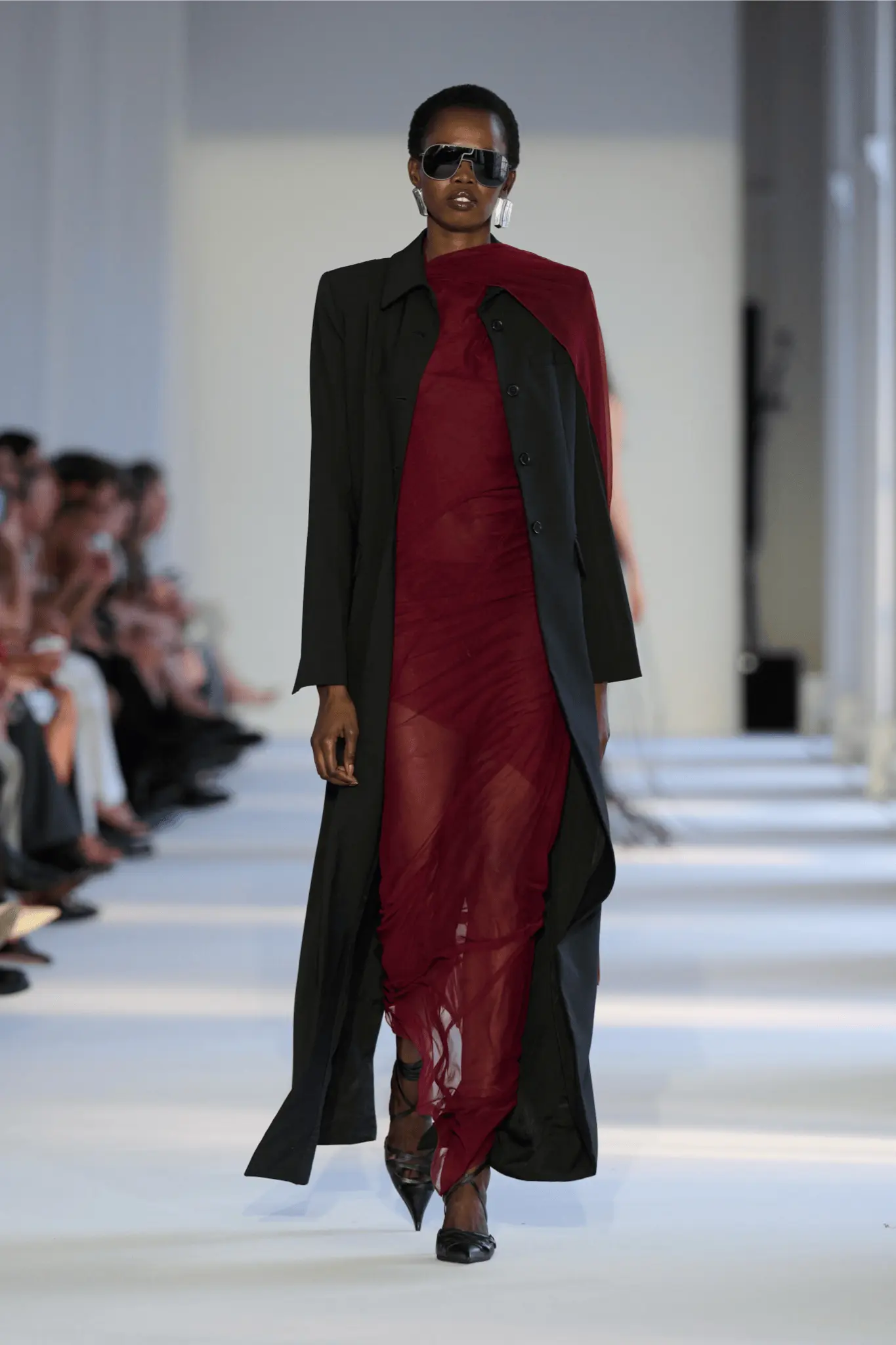
Luxury Houses Reinvent and Reconnect
The established players also delivered strong statements. Ottolinger, the Berlin-Paris design duo known for their subversive silhouettes, electrified audiences with their “Heidi” collection—a raucous, high-energy show opened by pop star Kim Petras. Mesh dresses, coated denim, and latex-like fabrics lit up the runway, reaffirming Berlin’s reputation for fearless fashion.
Marc Cain took a more meditative route at the German Historical Museum, where a serene collection titled “A Quiet Rebellion” featured model Romee Strijd in fluid, understated luxury. Front-row guests included Candice Swanepoel and Ronan Keating, underscoring the label’s international prestige.
Local favorite Anja Gockel stayed true to her vibrant aesthetic with a show themed around joy and optimism, asking: “What colors does your happiness dream?”
In a rare collaboration, designers Danny Reinke, Kilian Kerner, and Marcel Ostertag launched COLLECTIVEFOUR, debuting a non-profit capsule benefiting cancer research.
David Koma, showing menswear for the first time, offered a cheeky tribute to early-2000s pop culture, mixing hibiscus florals and footballer-inspired denim in “I Love David”.
Other standouts included GmbH, with their deeply narrative collection “Imitation of Life”, and Haderlump Atelier Berlin, which paid homage to the forgotten art of exlibris bookplates through textured, print-rich tailoring.
Location played a crucial role this season. From the public street installation by Miramon to the Palais am Funkturm, where Reference Studios’ INTERVENTION series featured experimental labels like LUEDER (whose dragon-themed collection conjured medieval myths through techno-futurist tailoring), Berlin turned fashion into spectacle.
Balletshofer transported guests to the golden age of air travel at the disused Tempelhof Airport, where models walked through a grand terminal in structured capes and cashmere tracksuits. The emotional finale—shared with the designer’s grandfather—underscored fashion’s nostalgic power.
Meanwhile, Vladimir Karaleev opted for intimacy with “Dis/Play”, transforming a gallery space into a live studio of draping, cutting, and experimentation.
Public-facing programs like Studio2Retail brought the city’s creative retail scene into the spotlight. One highlight: a multi-brand pop-up curated by Madomorpho x APOC, spotlighting 30 emerging designers and artists.
Sustainability, Identity, and Contrast
This season’s trends went beyond surface aesthetics:
- Upcycling and material circularity were center stage. From Palmwine Icecream’s repurposed leather to Buzigahill’s discarded garments and Richert Beil’s reworked lace, sustainability was embedded in design, not appended as marketing.
- Cultural hybridity and personal heritage were strong themes. Kitschy Couture, Balletshofer, and MARKE (with a collection inspired by romantic literature) channeled memory and nostalgia into contemporary silhouettes.
- Fluidity in gender and form defined collections by #Damur and Sia Arnika. Transparent layers, cutouts, and hybrid tailoring reimagined the silhouette for a post-binary audience.
- Contrast as construction shaped many shows—Laura Gerte juxtaposed silk with denim; IOANNES’ finale merged fragile ruffles with sharp suiting; LUEDER and Ottolinger paired soft femininity with structured forms.
- Most importantly, narrative and social engagement were key. Kilian Kerner’s show “DDR: The Stolen Children” reflected on forced adoptions in East Germany. Gerrit Jacob satirized consumerism with a fashion film parodying money culture. Here, fashion was activism, not just attire.
Berlin Ascends
Berlin Fashion Week Summer 2025 confirmed the city’s evolution from edgy underdog to global fashion incubator. Where other cities chase spectacle, Berlin offers substance. Its runways are not just stages—they are platforms for identity, politics, innovation, and community.
In the words of one international editor: “Berlin has radically internationalized without losing its soul.”
For luxury consumers with an eye for emerging narratives and authentic expression, Berlin has become unmissable—not just a destination, but a vision of where fashion is heading.




